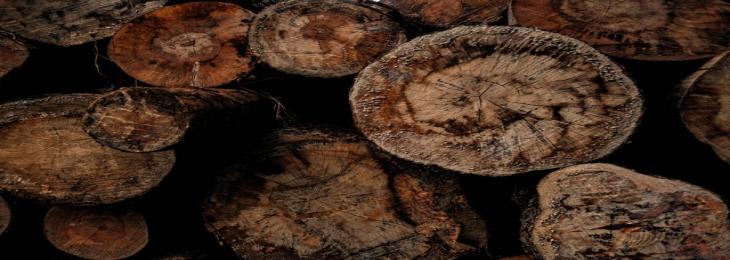
Ophiocordyceps unilateralis’s spores poison carpenter ants effectually hijacking their nervous system.
Amongst the most fascinating horror stories of nature is of a fungus which “zombifies” the ants for spreading its spores. Recently, researchers have found the most ancient known instance of parasites of such kind at work, conserved within ancient amber. When the Ophiocordyceps unilateralis’s spores poison the carpenter ant, it effectually hijacks the nervous system of the unfortunate insect, driving them against their will and climb some tall plant, tightly clamping its jaws to a leaf’s underside. The ant here dies, growing fungus stalk through its head that ultimately releases spores towards the ground for infecting the next set of unfortunate ants.
It seems that this scenario has been repeating out for eternities. Scientists from the Oregon State University have found the most ancient known specimen this fungus parasite that is preying upon an ant, which is frozen within an amber piece which is 50 Mn years old. This victim is the known carpenter ant, however the fungus seems to be of a species and genus which is unknown, which the researchers have titled Allocordyceps baltica. Its basic process appears similar to the modern fungus, however, it seems of comprising few novel development stages. Most particularly, the ascoma – its fruiting body which releases spores – isn’t budding out of ant’s head, however its other end.
The study’s corresponding author, George Poinar Jr, says that the fungus’s vegetative parts are growing out of ant’s abdomen along with base of its neck. “We see freestanding fungal bodies also bearing what look like perithecia, and in addition we see what look like the sacs where spores develop.” Amber is the great medium to capture ancient wonders. Some other recent discoveries include tailed spider, baby snake, tiny skull of a lizard, RBCs, giant sperm, and a tail of a dinosaur full with feathers.






